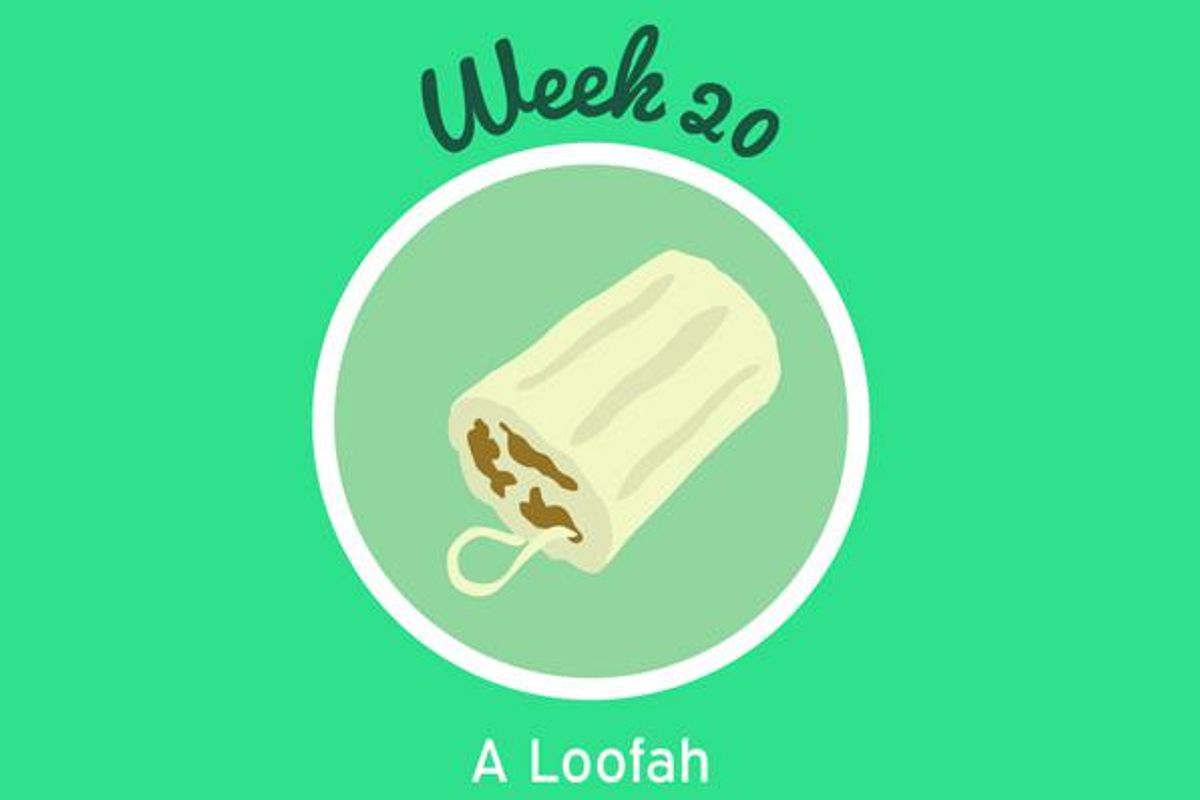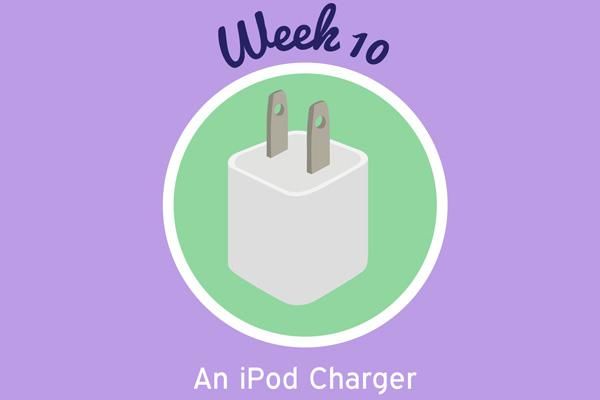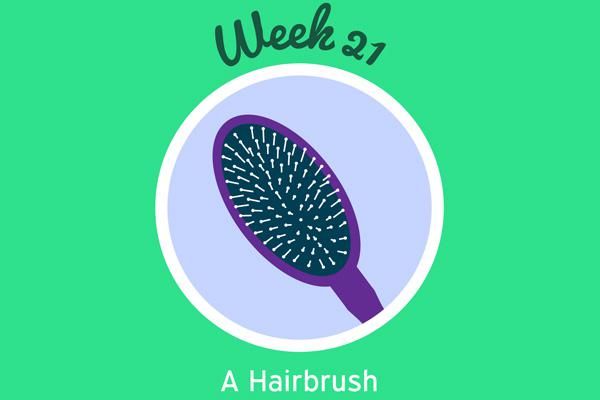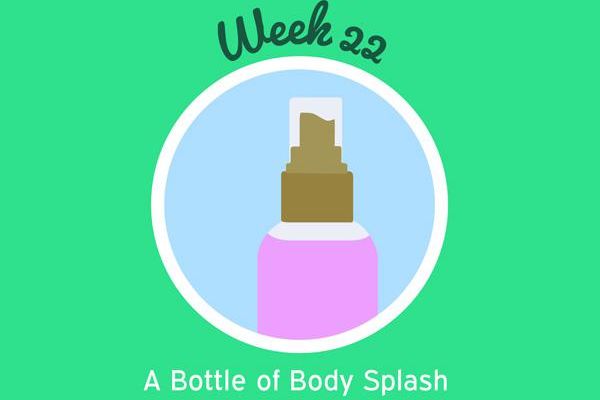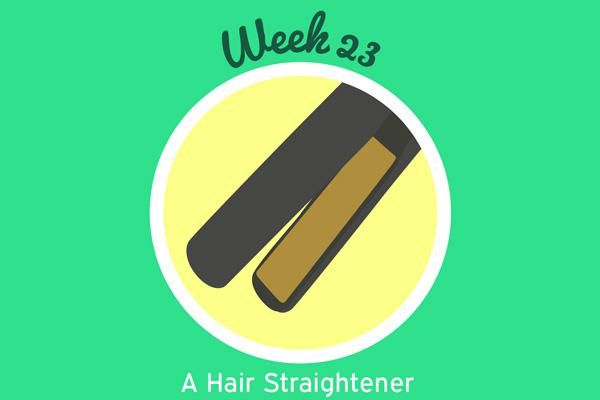At week 20 of pregnancy, your little one is about the length of a loofah and weighs a whopping 10.5 ounces. Additionally, she's developing taste buds and learning how to swallow, a skill that will be very important once she's out of the womb.
Tip of the week:
A little heat can sometimes help ease cramps. A warm bath before bedtime may allow you to sleep through the night with no cramps. You can also soothe your leg muscles with a warm towel or hot water bottle. Keep the hot water bottle next to the microwave so it's ready whenever you need it.
Another thing going on inside your round belly is the accumulation of meconium in your baby's digestive tract. This substance is a dark, tar-like stool that will make up her first bowel movements.
Under the weight of your baby—not to mention the amniotic fluid, placenta and ever-expanding uterus—you might begin experiencing leg cramps that can last throughout the third trimester. This unpleasant side effect of pregnancy may be due to changes in blood circulation, extra stress on your leg muscles or pressure on the nerves and blood vessels in your legs.
The medical community used to suspect that calcium deficiency was behind leg cramps in pregnant women. While this myth has since been debunked, it's still important for you to get your recommended daily allowance of calcium, so go ahead and have that glass of milk—just don't expect it to make your cramps subside.
What may help you cut down on these dull, intense pains is drinking plenty of water. Muscle cramps often occur due to dehydration.
Sedentary behavior may also increase the risk of leg cramps, so avoid sitting or standing in one position for too long, and don't sit with your legs crossed or in other positions that can restrict blood flow. If you are standing, remember to wear supportive shoes during the day to prevent midnight disturbances.
Try increasing your physical activity—a daily walk may be all you need. Women who have been ordered by their doctors to get bed rest should ask their health care providers about exercises that will be appropriate for them.
Stretching and massage can also help ease cramps in the lower extremities. In fact, the quickest way to get rid of a cramp in your leg is often to stretch from the heel, and never, ever point the toes when you have a calf cramp, because this usually worsens it. If leg cramps are waking you up at night, as they are wont to do, you may consider getting out of bed for a brief walk down the hallway.
Leg cramps usually go away, but if you have severe and frequent pain or notice redness, warmth, swelling or tenderness, talk to your health care provider.

